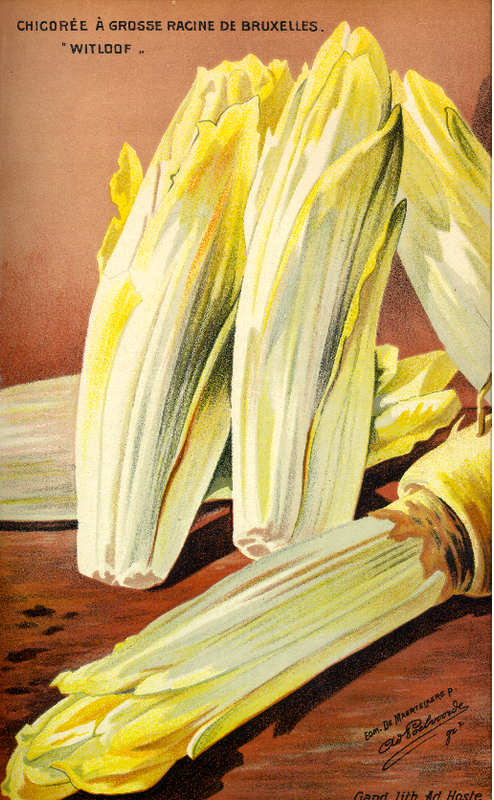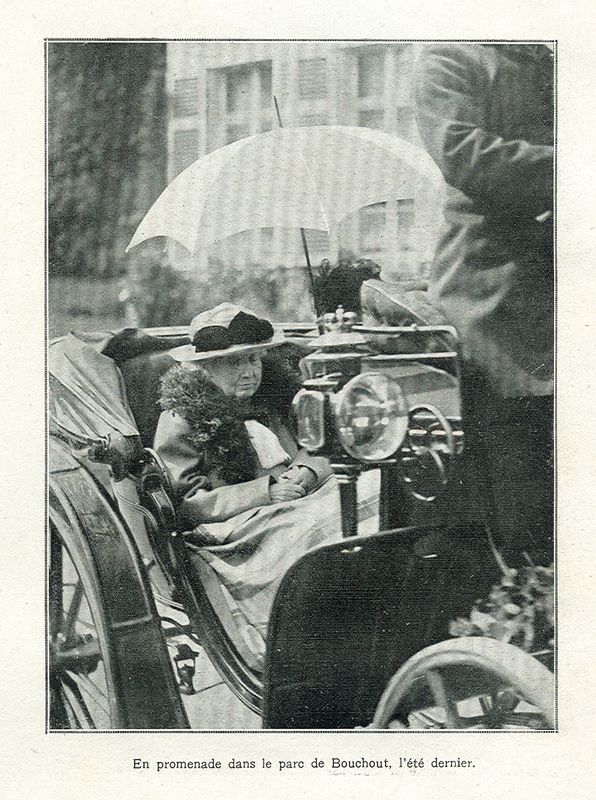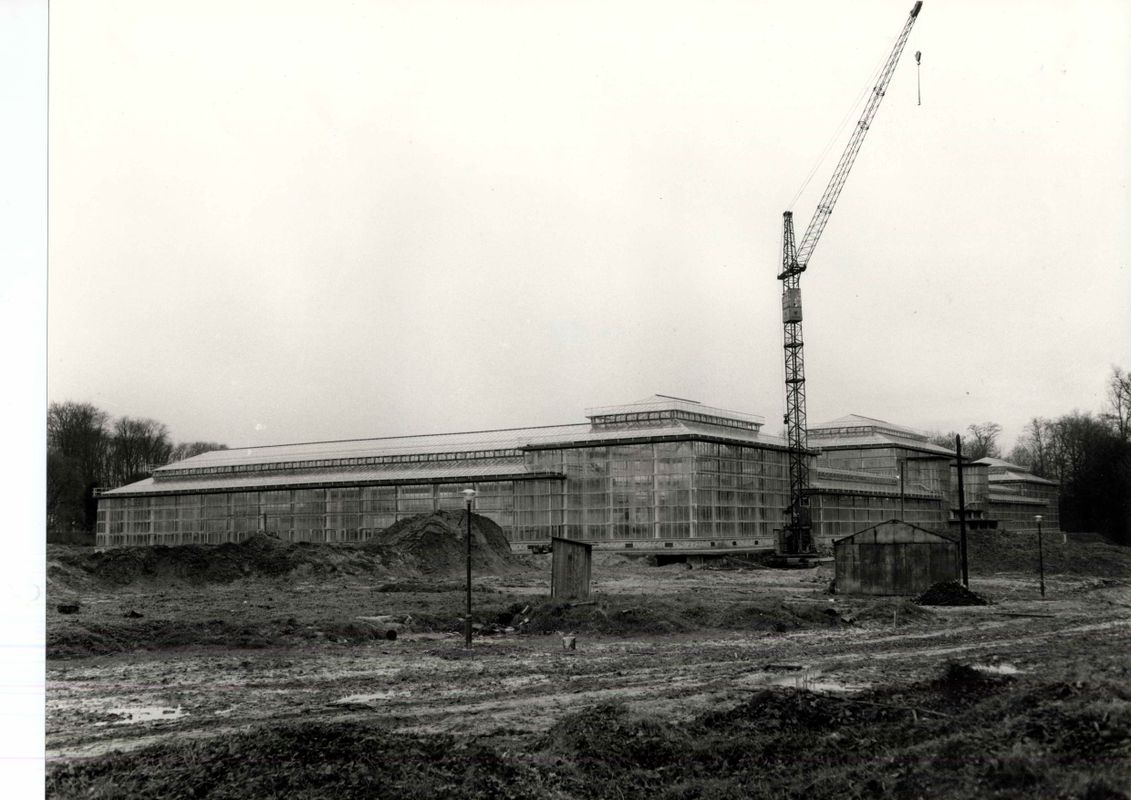Our history in a nutshell
The kingdom of plants collected in a royal estate
The history of the Botanic Garden goes back to 1797. For centuries we have been collecting, studying and caring for plants, passed on from generation to generation. The story of the Botanic Garden starts in Brussels, first in the estate of the Nassau Palace and later in what is still the Brussels Botanic Garden. In that period, our botanic garden collected as many plants as possible; novelties brought back by the explorers. We studied plants with the aim of growing, perfecting, and selling them. They were exhibited to the clientele in impressive gardens.
Botanical research became more important after the Belgian State took over the Botanic Garden in 1870. An important task was to study plants from outside Europe: Brazil, Mexico, and Central Africa; this last region became more important during the colonial period. Ornamental plants continued to be cultivated and the Botanic Garden was the main supplier for all public buildings. This is where an important part of our ornamental plant collection originated. In the 19th century, the herbarium began to be expanded.
In 1938 the Botanic Garden moved to its present location in Meise. The estate owes its formation to the fusion of two mediaeval castle estates. King Leopold II bought both estates for his sister, 'Empress' Charlotte, widow of Maximilian of Austria (briefly Emperor of Mexico) and sister-in-law of the famous Sissi. The former lords of the castle had each transformed their estate into an English-style landscape park at the beginning of the 19th century. Both were also plant collectors. And so two stories come together...
The move to Meise was the start of an impressive investment programme. The 'Plant Palace' was built (1947-1965): a series of thirteen impressive greenhouses. The Balat Greenhouse moved to Meise: it is the preliminary study by court architect Alphonse Balat for the Royal Greenhouses of Laeken, and one of the oldest (1854) greenhouses of drawn glass and wrought iron in Belgium. The Herbarium building (1959-1962), representative of post-war modernism, houses the library and the world-famous herbarium. The plant collection was substantially expanded. The Botanic Garden was protected as a landscape in 1967.
Over the course of the 20th century, cooperation between botanical gardens grew. Plants were exchanged and knowledge shared. Today these networks form an important link in the preservation of biodiversity on our planet, which is threatened by climate change and human activities. Botanic gardens fulfil an important role as protectors of the plant world.
Since 2014, the Flemish government has managed the Botanic Garden as the Agency Botanic Garden Meise.







